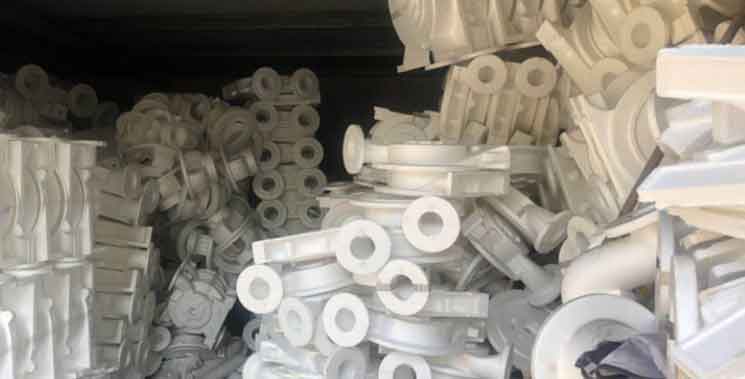Lost foam technology has brought significant innovation to the casting industry, unlocking new possibilities and advantages for manufacturers. This advanced casting technique offers a range of features that contribute to its power and effectiveness. Here’s a closer look at the innovations brought forth by lost foam technology:

- Design Freedom:
- Lost foam technology provides unparalleled design freedom, enabling the production of highly intricate and complex geometries.
- Manufacturers can create parts with intricate details, thin walls, undercuts, and internal features that would be challenging or impossible to achieve with traditional casting methods.
- The foam patterns used in lost foam casting can be easily shaped and manipulated, allowing for versatile and creative designs.
- Reduced Tooling Costs and Lead Times:
- Lost foam technology significantly reduces tooling costs compared to other casting methods.
- Traditional pattern and core-making processes require expensive tooling and molds, which can be time-consuming to produce.
- In lost foam casting, foam patterns are relatively inexpensive and can be rapidly produced using techniques such as foam molding, CNC machining, or 3D printing.
- The reduced tooling costs and lead times make lost foam technology particularly attractive for small to medium-scale production runs and prototyping.
- Near-Net Shape Casting:
- Lost foam casting enables the production of near-net shape castings, reducing the need for extensive post-casting machining and finishing operations.
- The foam patterns accurately replicate the final part geometry, resulting in minimal material waste and reduced machining requirements.
- This not only saves time and resources but also improves production efficiency and cost-effectiveness.
- Improved Dimensional Accuracy:
- Lost foam casting provides excellent dimensional accuracy and repeatability.
- The foam patterns, being replicas of the desired parts, allow for precise reproduction of intricate features and tight tolerances.
- The elimination of traditional core materials and associated expansion or shrinkage factors contributes to the high dimensional accuracy achieved in lost foam castings.
- Weight Reduction and Material Optimization:
- Lost foam technology offers opportunities for weight reduction and material optimization.
- The ability to create hollow sections, internal cavities, and complex geometries allows for the production of lightweight components without sacrificing strength or functionality.
- By optimizing the part design, manufacturers can achieve weight savings and improve overall performance.
- Enhanced Casting Integrity:
- Lost foam casting minimizes the risk of defects associated with other casting methods.
- The absence of sand molds or cores eliminates the potential for sand-related defects such as sand inclusions or mold mismatch.
- The controlled evaporative process of the foam patterns results in clean and well-defined mold cavities, leading to improved casting integrity.
- Process Efficiency and Automation:
- Lost foam technology lends itself well to automation, leading to improved process efficiency and consistency.
- Automated systems can be employed for pattern production, mold coating, pouring, and shakeout, reducing manual labor and enhancing productivity.
- Robotics and advanced manufacturing technologies can be integrated into the process, further streamlining production and ensuring consistent quality.
- Sustainable and Environmentally Friendly:
- Lost foam casting promotes sustainable practices and environmental friendliness.
- The use of foam patterns reduces material waste, and the foam can be recycled or easily disposed of without causing significant environmental impact.
- Additionally, the absence of sand molds and binders reduces the generation of harmful emissions or byproducts.
Lost foam technology has revolutionized casting by offering design freedom, reduced tooling costs and lead times, near-net shape casting, improved dimensional accuracy, weight reduction opportunities, enhanced casting integrity, process efficiency, and sustainability. With its numerous advantages, lost foam casting has become an innovative and powerful solution for the production of complex metal parts across a wide range of industries.
